Water bottle | 2 liter capacity | Blue glass | with comfortable carrying handle | ideal for spring water and alkaline water | For transporting or storing water
In our opinion, our two liter blue glass water bottles are the most ideal solution for storing and transporting your water or other drinks. With a practical handle for carrying. Despite a capacity of two liters, it appears very small to the eye. It's easy to bottle spring water with it and it stays fresh for a long time. You can also store ionized water in it.
- capacity: 2 liter
- Diameter ∅: approx. 122 mm
- Inner diameter opening: 21 mm
- Thread standard: 31.5*24 STD
- Height: about 265 mm
- Weight: approx. 785 grams or 0,79 kg
- Color: blue
- Material: Glass (blue glass)
Experimental video | in the courtyard | 5 liter bottle
FAQ | Store alkaline or neutral hydrogen water
It's easy to fill water with it and it stays fresh for a long time. You can also store alkaline, ionized water in it because you can close the water in the bottle without any air pockets.
It's always good to have no air in bottled bottles. Not just with alkaline, Hydrogen water from the Water Ionizers, where 2% of the hydrogen would otherwise evaporate within 3-50 hours. More on this in this FAQ article about storing alkaline activated water.
The blue glass bottle is easy to fill with spring water and it stays fresh for a long time. You can also store alkaline, ionized water in it because you can close the water in the bottle without any air pockets.
It's always good to have no air in bottled bottles. Not just with alkaline, hydrogen water from the Water Ionizers or Aquavolta® H2 Turbo Hydrogen Water Generator, where 2% of the hydrogen would otherwise evaporate within 3-50 hours. More on that in the first one FAQ post in the FAQ tab.
We supply two lids with every bottle ordered, instead of one lid. We ask for your indulgence if a lid or two are missing or lost or broken during shipping. Exactly in this case, we will send you twice the number of lids in order to minimize the service effort for you and us. Thanks

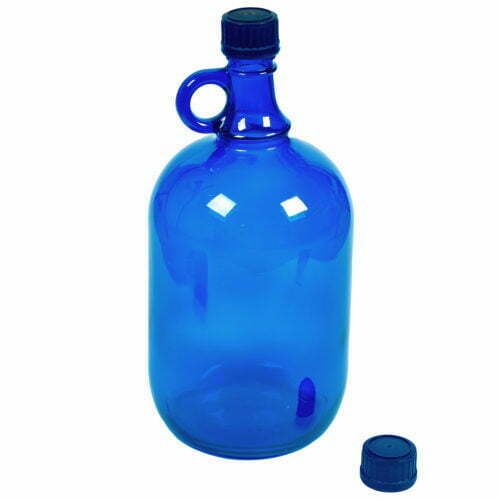
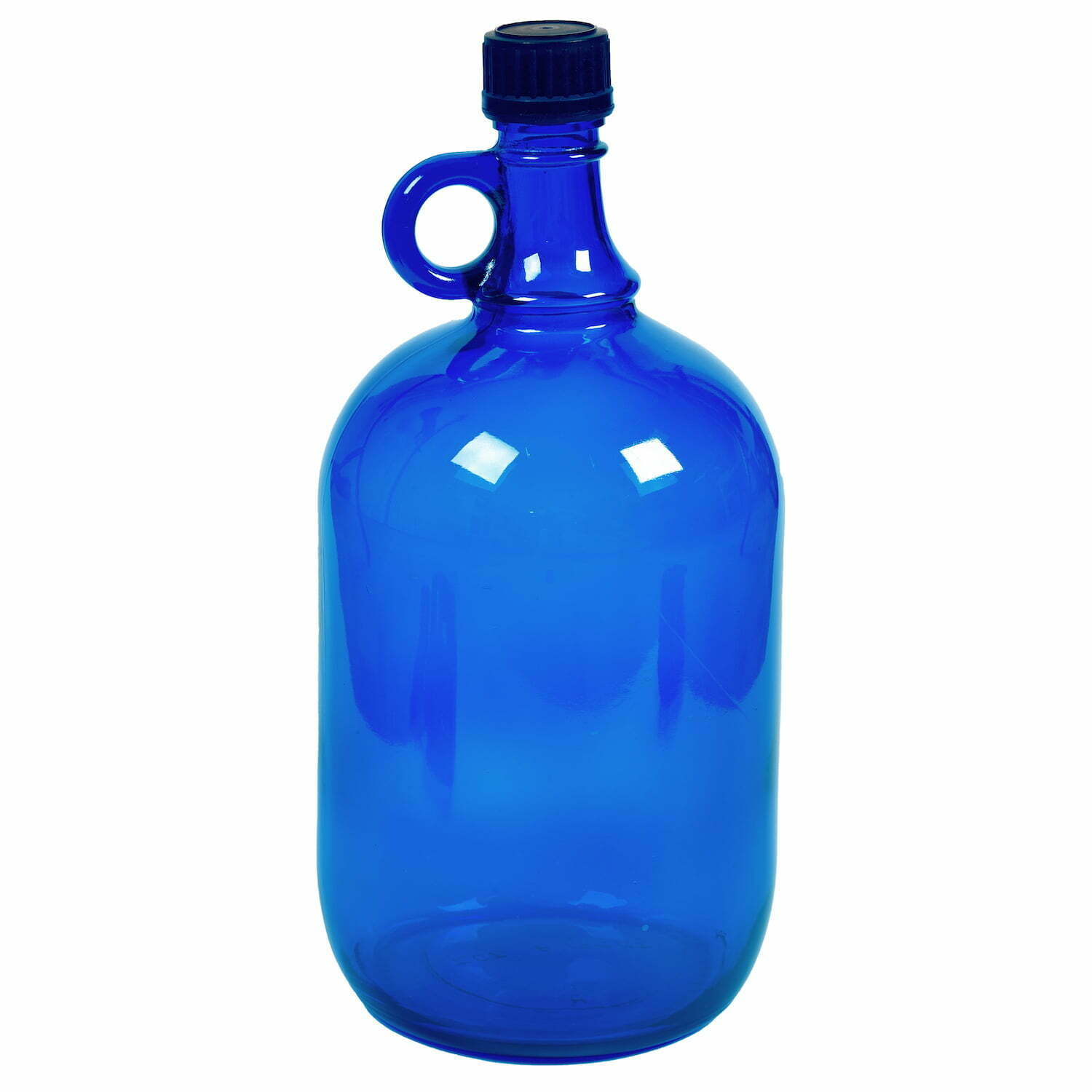


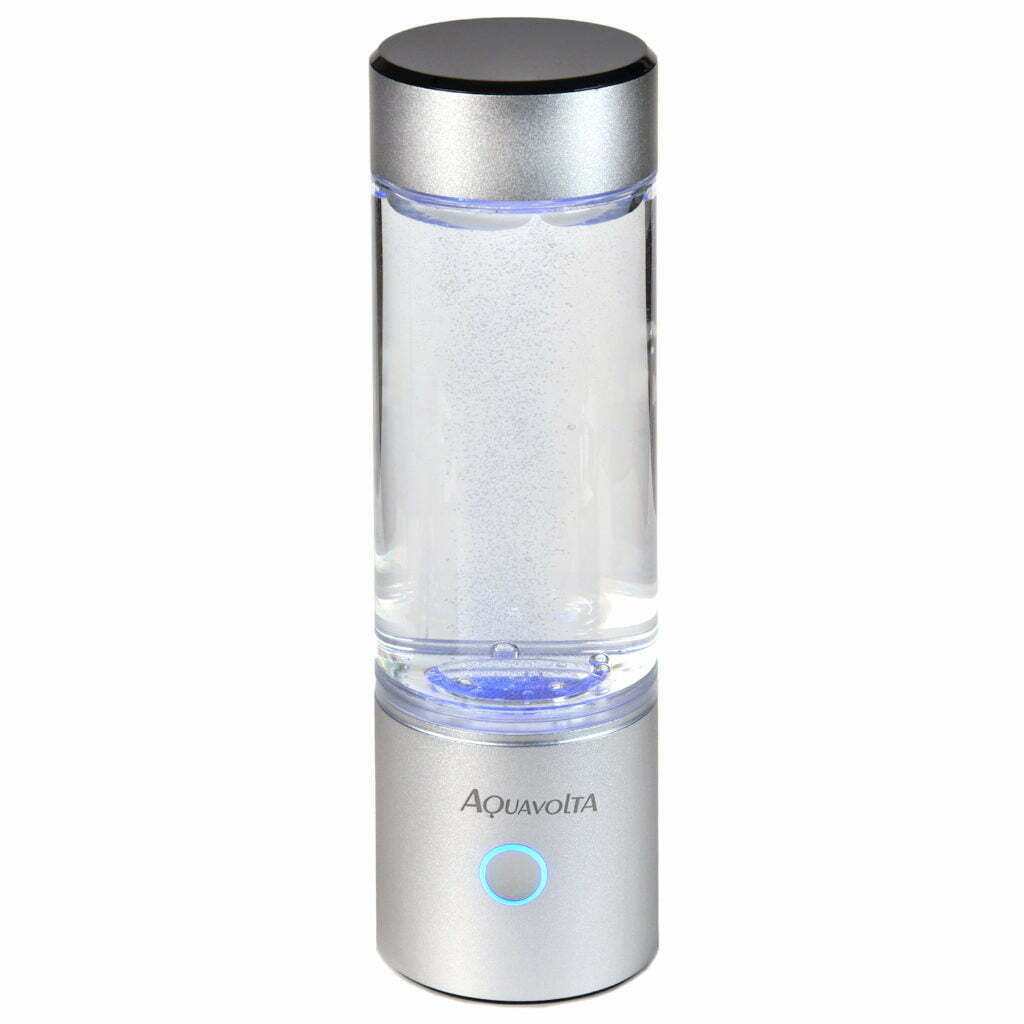



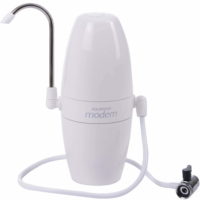
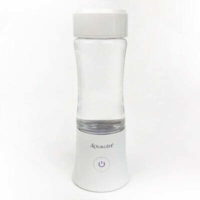





Andrea B. -
Thank you, everything always goes smoothly with you and thank you also for the free pack of Hydronade, :)))
Christine L. -
Hallo,
oh thank you so much! That's super great!
Kind regards and thank you a thousand times!!!
Christine L.
Viktor L. -
Thank you
Water really tastes good.
Viktor L.
Thomas F. (Verified owner) -
I am happy with the bottles. The lids close tightly; nothing has leaked yet. However, I don't like the fact that the lids are only screwed on with a quarter turn. The opening is nice and large at 39 mm. This means the bottles are easy to fill and dry quickly. The bottles are stable and yet very light. The ergonomic shape makes the bottles easy to hold.
Regards
Thomas F.
Yasin Akgun (Verified owner) -
These are our best bottles, and actually our best-selling product. And above all, it's so beautiful, everyone who has the blue 2 liter bottle is thrilled with it. Don't be fooled, the photo is of the 5 liter bottle, the 2 liter bottle is really nice and cute, I'll have to add a few photos. So where are all the good reviews here??
Thanks;-)
Yasin from AquaCentral
Wolfgang G (Verified owner) -
Hallo,
I can already see/read that you responded so quickly to my advice - I adapted my basket to the 2l water bottle (unfortunately).
Basically, the 5l bottle, which I have been using for a long time, as well as the 2l bottle are very nice and useful!
With friendly greetings
Wolfgang G